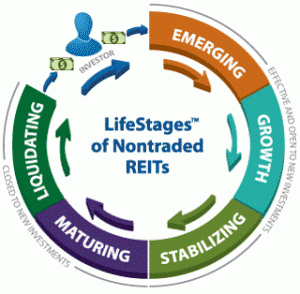IRS Proposes Generous Rules For Opportunity Zone Investors, But What Will They Mean For Communities?
October 23, 2018 | Steve Rosenthal | Forbes
Last Friday, the IRS published its first set of proposed regulations for Opportunity Zones, a provision of the Tax Cuts and Jobs Act (TCJA), that created an attractive set of tax incentives intended to encourage investments in economically-distressed communities.
Earlier this year, Treasury approved roughly 8700 economically-diverse Zones, covering 12 percent of all census tracts in the US. Now IRS has expanded the tax advantages for Opportunity Zones even more, potentially magnifying their cost. The guidance is favorable to investors, giving them flexibility and certainty without requiring them to document or demonstrate the value of their tax-subsidized deals. But the jury is still out on the social benefits of these investments.
The tax incentive works like this: Suppose you just made a $500,000 profit in the stock market. You invest these capital gains in an opportunity fund which, in turn, invests in property in a Zone. The statute permits you to delay the capital gains tax on your $500,000 until the end of 2026. You could also exclude 15 percent of that gain from any tax if you hold the fund investment for 7 years. And you can completely exclude the gain on any further appreciation of your investment if you hold the fund for 10 years.












